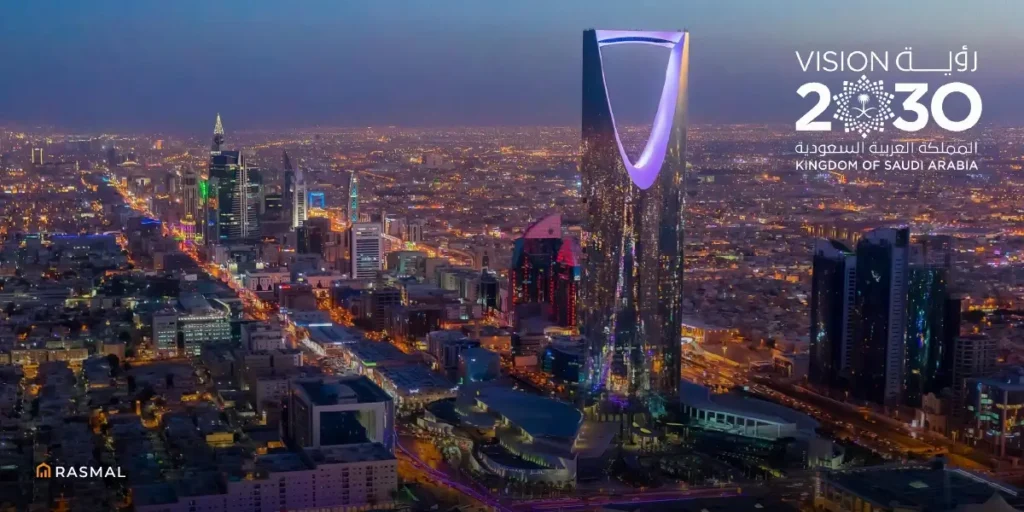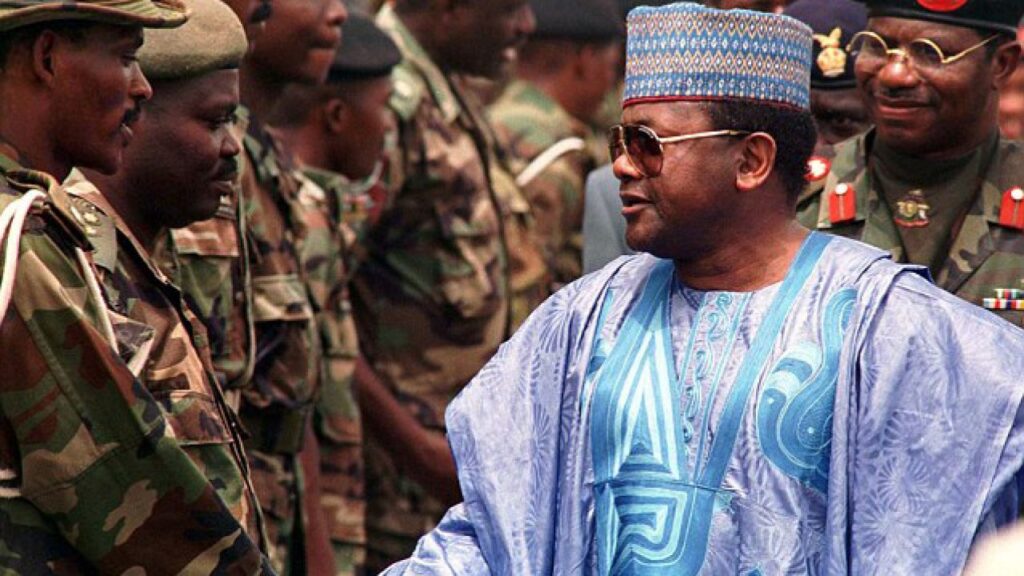Introduction: Saudi Arabia’s Vision 2030 stands as a testament to the kingdom’s ambition to transition from an oil-dependent economy to a diversified, knowledge-based society. Envisioned by Crown Prince Mohammed bin Salman, this transformative roadmap charts a course towards economic prosperity, social advancement, and global leadership.
1. Background and Context: Historically reliant on oil revenues, Saudi Arabia recognized the urgent need for economic diversification amidst fluctuating oil prices and evolving global energy dynamics. Vision 2030 emerged as a response to these challenges, aiming to unleash the kingdom’s vast potential and secure a sustainable future for its citizens.
2. Objectives and Pillars: Vision 2030 outlines three core pillars:
- A Vibrant Society: Fostering a thriving society that provides its citizens with a high quality of life, including improved healthcare, education, and entertainment options.
- A Thriving Economy: Transforming the economy to reduce reliance on oil, attract foreign investment, and stimulate growth in non-oil sectors such as tourism, technology, and manufacturing.
- An Ambitious Nation: Positioning Saudi Arabia as a global player through effective governance, enhanced public services, and a vibrant cultural scene.
3. Key Initiatives and Programs: Vision 2030 encompasses numerous initiatives and programs aimed at achieving its objectives:
- Neom: A futuristic city project set to become a hub for innovation, technology, and sustainable living.
- Saudi Aramco IPO: Opening up Saudi Aramco, the world’s largest oil company, to international investors to raise capital and diversify the economy.
- National Transformation Program (NTP): A comprehensive plan to enhance government efficiency, boost private sector participation, and drive economic growth.
- Quality of Life Program: Introducing recreational and entertainment options, including cinemas and music festivals, to enrich the lives of Saudi citizens.
4. Economic Diversification: Central to Vision 2030 is the goal of reducing Saudi Arabia’s dependence on oil revenues. This involves:
- Investing in non-oil sectors such as tourism, hospitality, entertainment, and renewable energy.
- Encouraging entrepreneurship and innovation through funding and support for startups and SMEs.
- Privatizing state-owned enterprises to increase efficiency and competitiveness.
5. Social Reforms and Empowerment: Vision 2030 seeks to empower Saudi citizens, particularly women and youth, through:
- Education reforms to equip students with skills for the future job market.
- Women’s empowerment initiatives, including granting women the right to drive and increasing their participation in the workforce.
- Social programs to address housing shortages, improve healthcare services, and enhance overall quality of life.
6. Global Partnerships and Collaboration: Saudi Arabia actively seeks international partnerships to support the implementation of Vision 2030:
- Attracting foreign investment through initiatives such as the Future Investment Initiative (FII) and the Red Sea Project.
- Strengthening diplomatic ties with key global players to foster trade, innovation, and cultural exchange.
Key Takeaways:
- Vision 2030 aims to transform Saudi Arabia into a knowledge-based economy and a global hub for innovation and investment.
- Economic diversification, social empowerment, and international collaboration are key pillars of the vision’s success.
- The kingdom’s journey towards Vision 2030 underscores its commitment to progress, prosperity, and sustainability.
Conclusion: Saudi Arabia’s Vision 2030 represents a bold and ambitious roadmap towards economic diversification, social empowerment, and global leadership. As the kingdom continues to implement its initiatives, it remains poised to unlock new opportunities, realize its potential, and shape a prosperous future for generations to come.
















